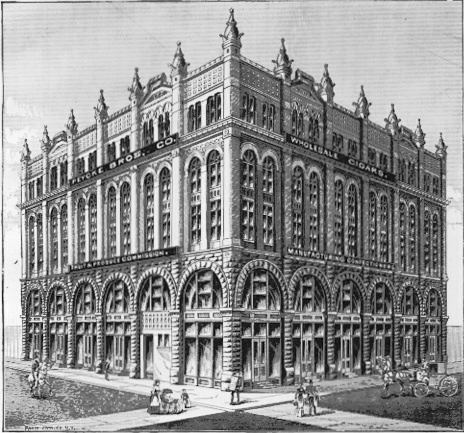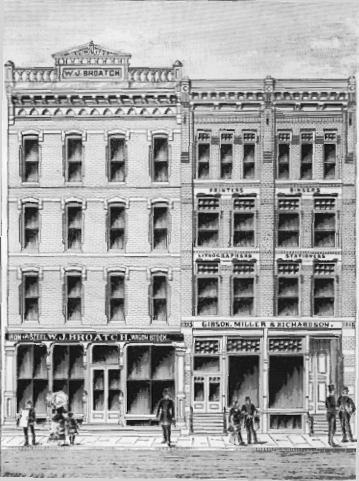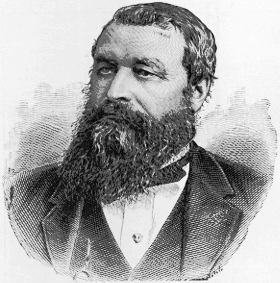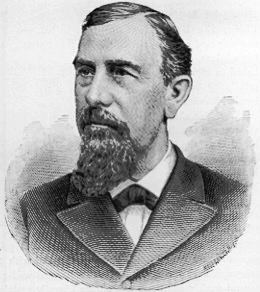|
Clan Na Gael, two posts of the Grand Army
of the Republic and twenty odd other benevolent orders in
addition to the labor societies. The Masons, Odd-Fellows and
Knights of Pythias own buildings containing their halls. The
first secret order established in Omaha was the Odd-Fellows,
January 1, 1856, and the next was Capital lodge of Masons,
January 26, 1857.
|
|
the corner of Farnam and Seventeenth streets, undoubtedly outranks all others in the city. It will be ten-stories high and cost $1,000,000. The big bank buildings are striking structures also. The United States National, five-stories and sub-basement, stone, southeast corner Farnam and Twelfth streets, the Nebraska National on the opposite corner, built of iron, four-stories and sub-basement, the Merchant's National, one block west on Farnam and Thirteenth streets, seven-stories and sub- basement, brick and brown-stone; the First National, five-stories and 
PEYCKE BROS. CO., COMMISSION MERCHANTS & MANUFACTURING CONFECTIONERS. sub-basement, on the opposite corner, built of granite and brick, and the Omaha National, six-stories and sub-basement, on Thirteenth street, between Farnam and Douglas streets, built of pressed brick. The Board of Trade building is a six-story brick, located on the southwest corner of Farnam and Sixteenth streets. Diagonally opposite is the new Paxton Block, a six-story fire-proof brick structure, costing $400,000. Three of the corners of Fifteenth and Farnam streets, are occupied by the six-story Barker Building, the five-story Paxton Building, and Boyd's Opera House, a five-story structure. Fifteenth street from Harney to Howard is occupied on the east side by the Ramge and Sheely blocks, both |
|
|
|
|


